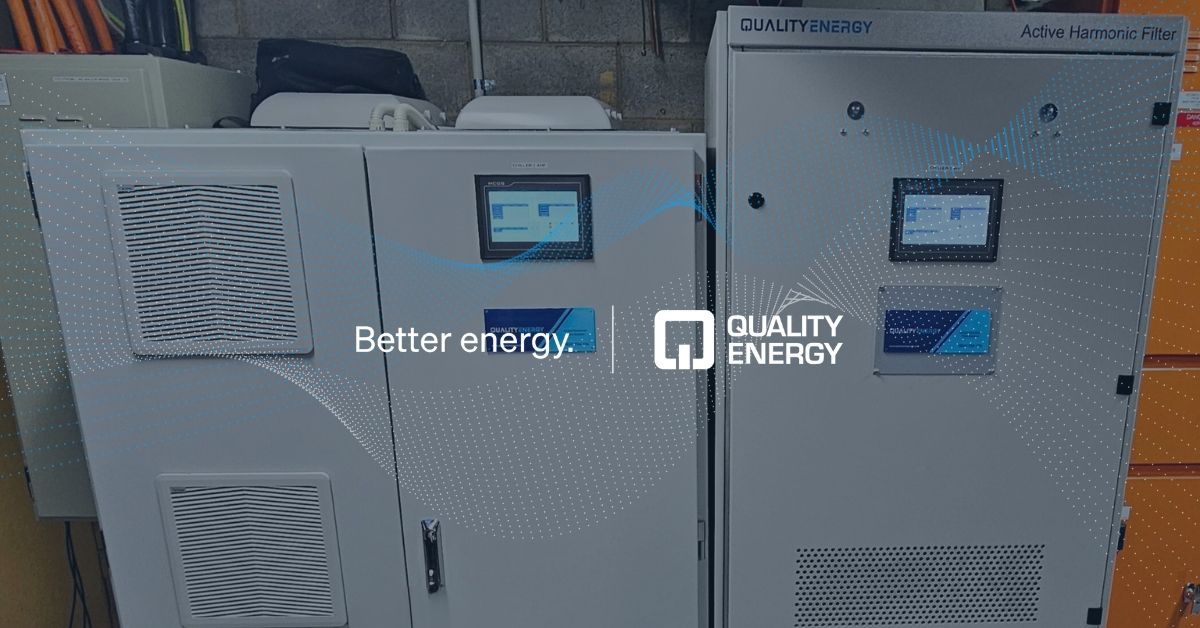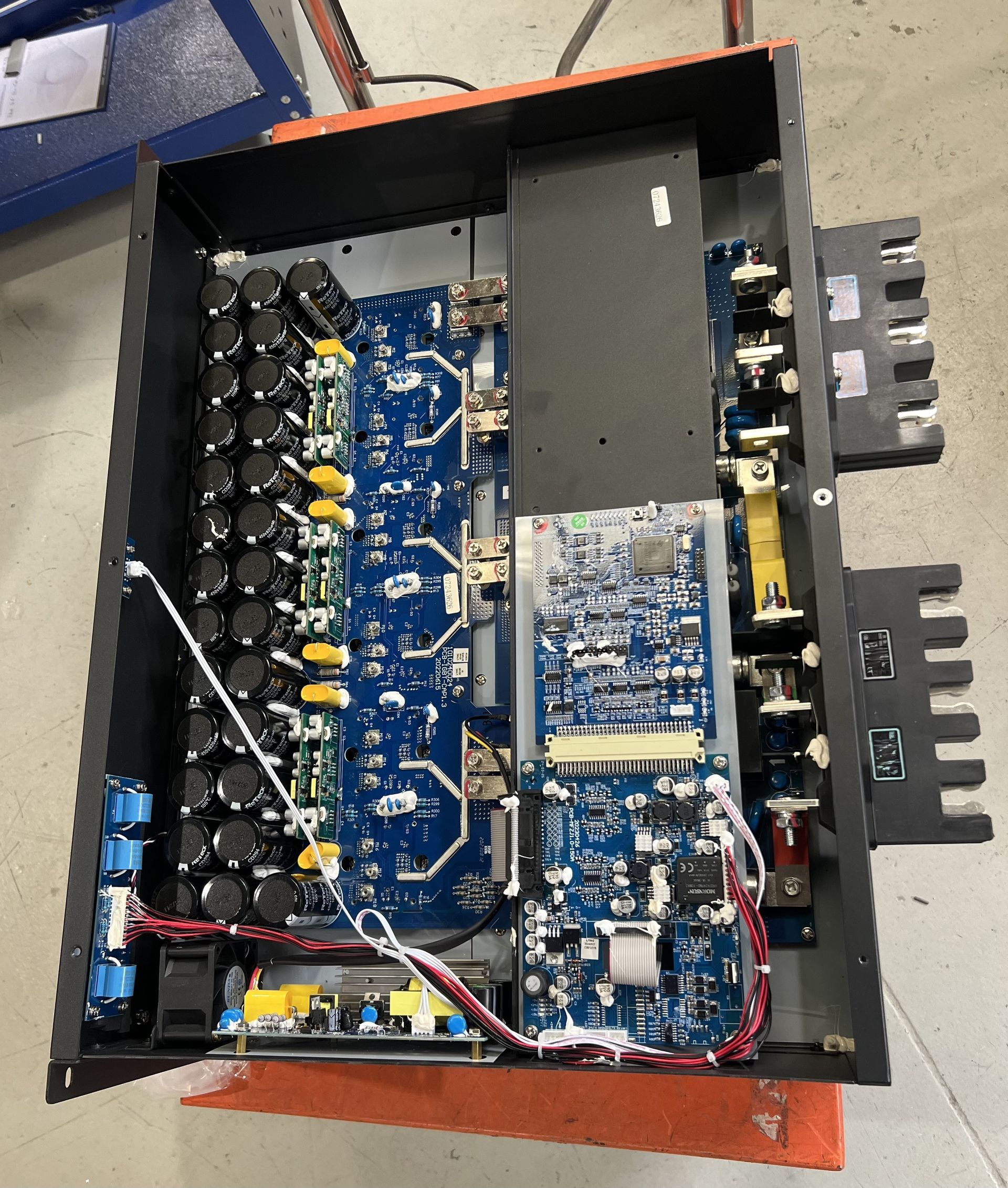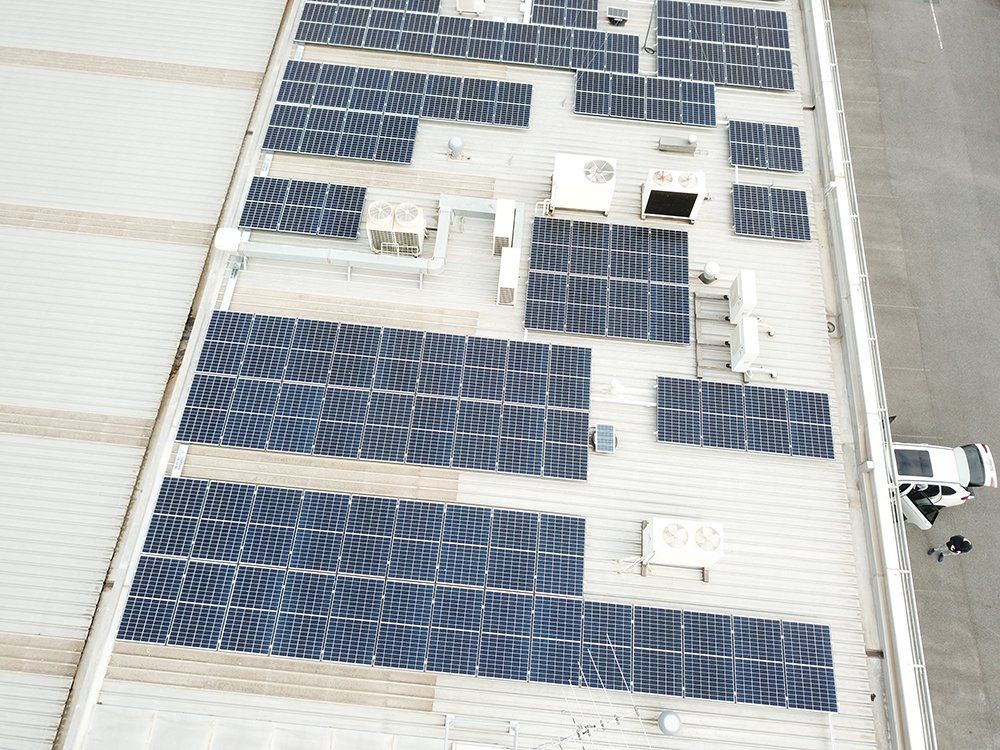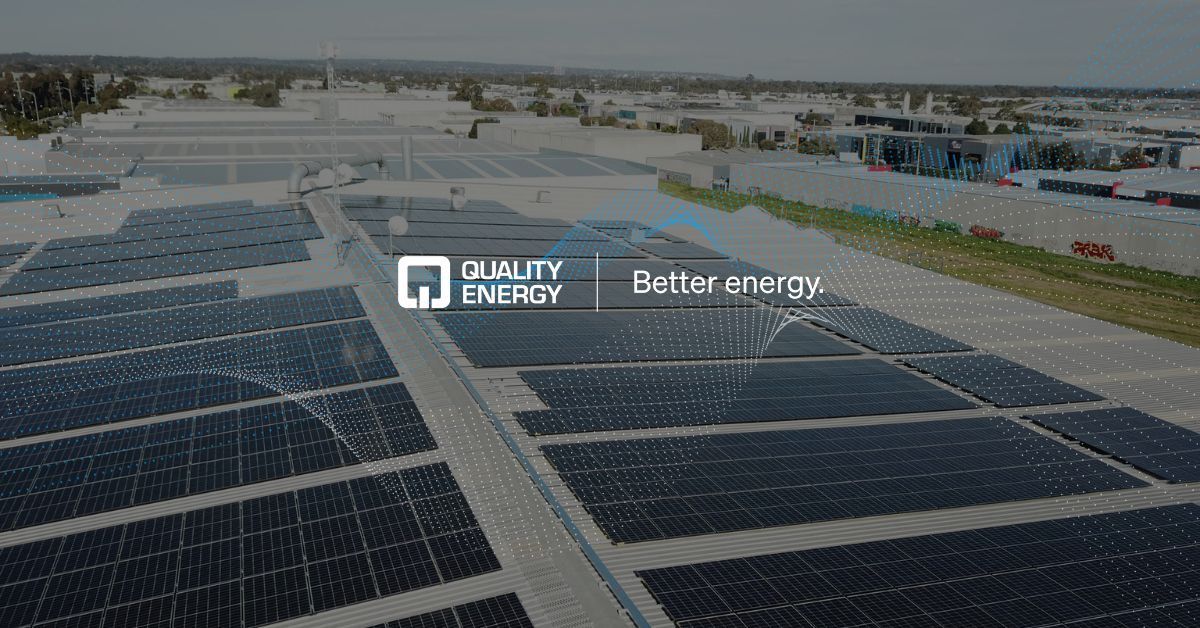Leveraging Active Harmonic Filters in Australian Manufacturing
As businesses strive to optimise their operations and reduce costs, power quality emerges as a critical factor in the demand for reliable and efficient energy supply. Active Harmonic Filters, or AHFs, not only enhances power quality but also offer a pathway to substantial energy efficiency and cost savings. In this article, we explore how Active Harmonic Filters can revolutionise energy consumption by improving your power quality and contributing to a more energy-efficient future.
Power Quality and Energy Efficiency in Australian Manufacturing
Poor power quality, often marked by harmonic distortions, not only affects equipment performance and longevity but also leads to energy wastage. Harmonics cause increased currents and reactive power demand, resulting in higher energy consumption and electricity bills. This not only burdens industries financially but also puts additional stress on power generation and distribution systems.
Active Harmonic Filters: A Dynamic Solution
Unlike passive filters, Active Harmonic Filters are dynamic devices that continuously monitor the electrical waveform and actively inject counteractive currents to cancel out harmonics in real-time. This dynamic response not only addresses a wide spectrum of harmonic frequencies but also helps industries enhance energy efficiency.
Energy Efficiency Unleashed
The integration of Active Harmonic Filters into industrial electrical systems unlocks a cascade of energy efficiency benefits, such as:
Harmonic elimination:
By neutralising harmonic currents, Active Harmonic Filters reduce reactive power demand, minimising losses in distribution systems and optimising energy utilisation. This directly translates to lower electricity bills for industries.
Optimised equipment performance:
Harmonic distortions can lead to equipment overheating and premature failures. Active Harmonic Filters ensure that equipment operates within design parameters, extending its lifespan and reducing the need for frequent replacements.
Reduced energy waste:
Harmonics cause energy to oscillate between equipment and the grid, leading to energy wastage. Active Harmonic Filters mitigate this phenomenon, allowing industries to channel energy towards productive operations.
Voltage stability:
Active Harmonic Filters stabilise voltage levels by mitigating voltage fluctuations caused by harmonic currents. Stable voltage leads to improved equipment performance and energy efficiency.
The Cost-Saving Advantage
The economic benefits of incorporating Active Harmonic Filters into industrial setups are significant:
Lower electricity bills:
Perhaps the most immediate impact is the reduction in electricity bills. Industries can experience substantial savings due to the elimination of reactive power charges and minimised losses.
Maintenance cost reduction:
The wear and tear caused by harmonic-induced stress often increases maintenance costs. Active Harmonic Filters mitigate this stress, leading to fewer breakdowns and maintenance requirements.
Equipment replacement savings:
Expensive industrial equipment, such as motors and drives, are susceptible to harmonics-induced damage. By ensuring optimal operating conditions, Active Harmonic Filters decrease the frequency of equipment replacements.
Operational continuity:
Unplanned downtime can lead to missed production targets and lost revenues. Active Harmonic Filters' contribution to power quality stability ensures operational continuity, averting costly disruptions.
Sustainability and Compliance
Australia's focus on sustainability aligns harmoniously with the benefits AHFs bring:
Reduced carbon footprint:
Energy efficiency inherently leads to reduced energy consumption, translating to a smaller carbon footprint. By embracing AHFs, industries can contribute to Australia's commitment to sustainability.
Meeting regulatory standards:
Australia's AS/NZS 610000.3.6 standard governs the acceptable level of harmonic voltage distortion and aligns with the IEEE 519 guidelines. AHF helps to regulate harmonic voltages on utility distribution to help industries meet these standards.
How to Get Started Implementing Active Harmonic Filters in Your Facility
Active Harmonic Filters are not a one-size-fits-all approach. The successful integration of Active Harmonic Filters requires a strategic approach to implementation:
Energy audit:
Conduct a comprehensive power quality audit to understand the harmonic profile and energy consumption patterns. This informs the AHF capacity required and the expected savings.
Customised solutions:
Collaborate with experts to design AHF solutions tailored to the industry's specific needs. This ensures optimal performance and maximum cost savings.
Professional installation:
The proper installation of Active Harmonic Filter is critical. Engaging skilled professionals ensures seamless integration and long-term effectiveness.
Ongoing monitoring and maintenance:
Regular monitoring and maintenance guarantee AHFs continue to perform optimally, providing consistent energy efficiency and power quality improvements.
Quality Energy: Power Quality Solutions Experts Since 1989
Quality Energy understands the intricacies and importance of power quality for businesses to save on energy costs and improve energy efficiency. Quality Energy manufactures all our power quality equipment in our manufacturing hub at Moorabbin, Victoria. We partner with premium electrical components manufacturers who are leaders in the field, enabling the creation of a new generation of Quality Energy Active Harmonic Filters that are flexible yet do not compromise on performance.
Features:
- Modular design with three-level topology performance.
- Wall-mounted unit or floor-standing options.
- Individual selection of harmonics to be filtered to ensure maximum performance.
- Single cabinet, meaning single supply and a reduction in installation costs for hybrid solutions.
- Selection of harmonics up to the 50th order.
- Harmonic attenuation factor better than 97%.
- Available in IP20 (wall-mounted), IP30 and IP54 (floor-standing) as standard.
- Best-in-class 3-year manufacturing warranty (conditions apply).
Conclusion
In the face of rising costs and productivity pressures, Active Harmonic Filters are your allies in energy efficiency and reducing your energy costs. Beyond their prowess in power quality enhancement, AHFs unlock a realm of financial benefits by optimising energy consumption, reducing overheads, and extending equipment lifespans. By embracing Active Harmonic Filters, Australian industries can move towards a highly efficient operations, heightened profitability, and a greener future.
Since 1989, Quality Energy is a power quality and energy efficiency solutions provider and manufacturer. Our mission is to help businesses solve the problem of ever-increasing energy costs and inconsistent, unreliable power supply.
Give us a call on 1800 736 374 or
send us an email to discuss your energy efficiency project.
Related news


